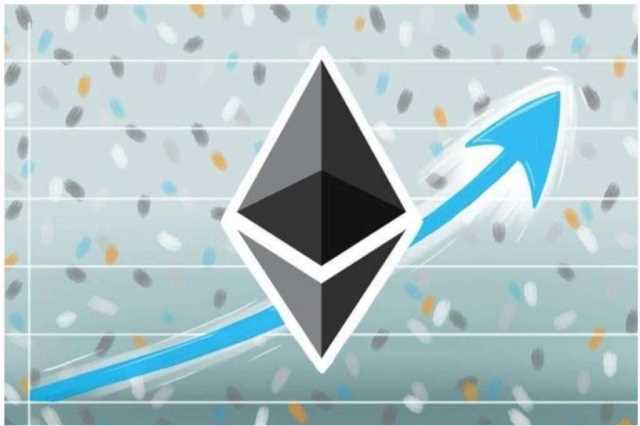
It redistributes authority from a central power, and places it in the hands of users. And the concept of decentralization is reengineering how many conventional financial services operate. Chainlink What is DEX Automation, a decentralized automation solution, is also widely used in the DeFi ecosystem to support the introduction of sophisticated features through end-to-end smart contract automation.

Pros and cons of using DEXs

Yet, paradoxically, they must also attract new users to generate more liquidity. For some decentralized exchanges, transactions are processed on-chain, including modifying and canceling orders. Philosophically, this is the most decentralized and transparent process, because it circumvents the need to trust a third party to handle any orders at any time.
What Is Samsung DeX and How Does It Work?
DEX is dedicated to delivering end-to-end product lifecycle solutions at the lowest sustainable cost – enabling our customers to keep their commitments and stand out in their various industry segments. Our expertise is in engineering hi-tech electronic and electromechanical components, manufacturing, and supply chain management services. We offer solutions that span the entire product lifecycle – from concept through production and after-market support. Learn more about the Osmosis exchange and whether it’s worth investing in the project’s native cryptocurrency, OSMO.
Peer-to-Peer DEX
- You can also watch videos from Netflix or other streaming services on a separate screen.
- Additionally, DEX aggregators often operate in a centralized manner, and centralized exchanges (CEX) are more user-friendly than DEXs.
- An order book—a real-time collection of open buy and sell orders in a market—is a foundational pillar of electronic exchanges.
- The main idea behind AMM exchanges is that liquidity is kept within a holding contract whereby investors are incentivized to contribute towards holding pools called liquidity pools.
This helps to ensure that all trades are secure and transparent, as well as providing users with greater privacy and anonymity. Additionally, decentralization makes it more difficult for malicious actors to manipulate the market or interfere with trades. Unlike centralized exchanges (CEXs), decentralized crypto exchanges are non-custodial, meaning users are in full control of their crypto assets’ private keys. Full decentralization is more of a philosophy than a rule of thumb, as it’s not very practical based on first-layer blockchain scalability limits. As a result, most decentralized exchanges are actually semi-decentralized, using their own servers and off-chain order books to store data and external programs or entities for the exchange of user assets.
How to use decentralized exchanges
Moreover, aggregators like 1inch and Matcha have become crucial tools for traders navigating the DeFi ecosystem, ensuring they get the best deal without manually checking multiple platforms. To wrap it up, decentralized exchanges are gaining popularity in the crypto and DeFi world. Cryptocurrency exchanges provide advantages such as no need for a central authority, and improved access to financial services compared to traditional centralized exchanges. It’s essential for users to be aware of potential risks and concerns when using DEXs and to thoroughly research their options before selecting a platform. As the crypto world grows, decentralized exchanges (DEXs) are expected to become more and more popular, playing an integral part in the market.
- CEXs Binance, Coinbase and Kraken were charging 0.1%, 0.2% and 0.2%, respectively.
- The obvious alternative are a newer type of exchange that is decentralized such as Uniswap and Pancakeswap.
- This is why liquidity is handled by the use of AMMs and liquidity pools.
- P2P DEXs allow individuals to trade directly with each other, without a market maker or order book.
As discussed in this guide, several factors should be considered when choosing a platform. It is imperative to go through that list and check it off every time you come across a new DEX you want to try out. This not only reduces your risks but also ensures that any platform that lands into your crypto toolbox does so out of merit. Other than the above features, DEXs also have inherent advantages such as reduced fees, simple interfaces, and quick transaction processing times. By cutting out the intermediaries present within the CEX model, it is possible to realize most of these benefits. Additionally, the on-chain order book DEXs are prone to front-running practices.
How to Use Decentralized Exchanges
The primary appeal of decentralized cryptocurrency exchanges is that they don’t hold customers’ funds. As such, even catastrophic breaches like the 2014 Mt. Gox hack https://www.tokenexus.com/ won’t put users’ funds at risk or expose any sensitive personal information. DEX users are typically required to pay two types of fees—network fees and trading fees.




Recent Comments